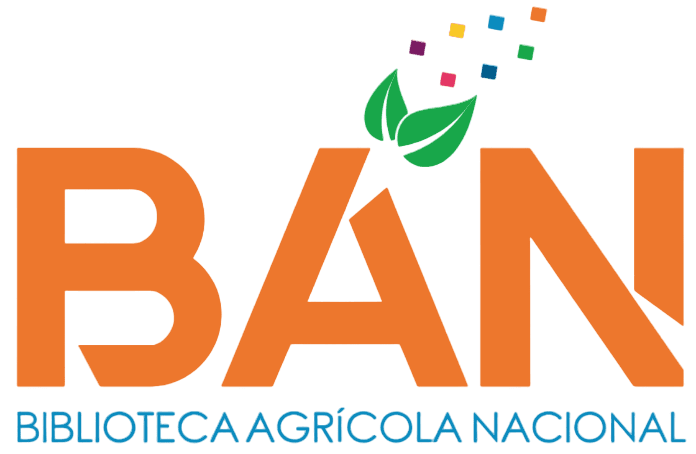Modelamiento de la cinética de secado por infrarrojo en cormos de jergón sacha (Dracontium loretense K.)
Loading...
Código QR
Authors
Olivera Sanez, Jorge Elias
Contact Email
Abstract
Se modeló la cinética de secado por radiación infrarroja en cormos de Jergón Sacha (Dracontium loretense K.), evaluando las características de secado y propiedades físicas. Se emplearon diferentes espesores de placa (3 mm, 5 mm y 7 mm) y temperatura de secado (50 °C, 60 °C y 70 °C). Se utilizaron varios modelos matemáticos a las curvas de cinética de secado, siendo los modelos de Midilli, Page y Page modificado, los que presentaron mejor ajuste a los datos experimentales aplicando los parámetros estadísticos coeficiente de determinación (R2), raíz del error cuadrado medio (RMSE) y Chi cuadrado (χ2). La difusividad efectiva resultó estar influenciada directamente por el espesor y la temperatura, presentándose en un rango de 1.49x10-9 m2/s a 5.74x10-9 m2/s. La energía de activación osciló entre 18.97 a 42.38 kJ/mol, aumentando conforme aumentó el espesor. El tiempo de secado y la energía consumida se hallaron en un rango de 2.51 h a 10.67 h y de 0.105 kW.h a 0.518 kW.h; respectivamente, con una relación directa entre ambos. En cuanto a las propiedades físicas, la dureza varió de 6.97 N a 57.16 N, aumentando con el espesor y disminuyendo con la temperatura. El cambio de color fue mayor a medida que aumentó la temperatura y disminuyó el espesor. El encogimiento fue mayor aplicando el menor espesor (3 mm) y la mayor temperatura (70 °C). La rehidratación resultó estar únicamente influenciada por el espesor, siendo máxima con el menor espesor (3 mm) y menor temperatura (50 °C). Finalmente se analizó la microestructura posterior al secado, con la finalidad de describir e interpretar cualitativamente el impacto en las propiedades físicas, se observó que los niveles más bajos de espesor y temperatura no causaron daños considerables; no obstante, ante mayores espesores y temperaturas se observaron daños significativos en el almidón y paredes celulares.
The drying kinetics of infrared radiation in corms of Jergón Sacha (Dracontium loretense K.) were modeled, evaluating the drying characteristics and physical properties. Different plate thicknesses (3 mm, 5 mm and 7 mm) and drying temperatures (50 °C, 60 °C and 70 °C) were used. Several mathematical models were used for the drying kinetic curves, with the Midilli, Page and modified Page models being the ones that presented the best fit to the experimental data applying the statistical parameters coefficient of determination (R2), root mean square error (RMSE) and Chi square (χ2). The effective diffusivity was found to be directly influenced by thickness and temperature, occurring in a range from 1.49x10-9 m2/s to 5.74x10-9 m2/s. The activation energy ranged between 18.97 and 42.38 kJ/mol, increasing as the thickness increased. Drying time and energy consumption ranged from 2.51 h to 10.67 h and from 0.105 kW.h to 0.518 kW.h, respectively, with a direct relationship between the two. As for physical properties, hardness varied from 6.97 N to 57.16 N, increasing with thickness and decreasing with temperature. Color change was greater as temperature increased and thickness decreased. Shrinkage was greater when applying the lowest thickness (3 mm) and the highest temperature (70 °C). Rehydration was found to be only influenced by thickness, being maximum with the lowest thickness (3 mm) and lowest temperature (50 °C). Finally, the microstructure after drying was analyzed in order to qualitatively describe and interpret the impact on physical properties. It will be observed that the lowest levels of thickness and temperature did not cause considerable damage. However, at higher thicknesses and temperatures, significant damage to the starch and cell walls was observed.
The drying kinetics of infrared radiation in corms of Jergón Sacha (Dracontium loretense K.) were modeled, evaluating the drying characteristics and physical properties. Different plate thicknesses (3 mm, 5 mm and 7 mm) and drying temperatures (50 °C, 60 °C and 70 °C) were used. Several mathematical models were used for the drying kinetic curves, with the Midilli, Page and modified Page models being the ones that presented the best fit to the experimental data applying the statistical parameters coefficient of determination (R2), root mean square error (RMSE) and Chi square (χ2). The effective diffusivity was found to be directly influenced by thickness and temperature, occurring in a range from 1.49x10-9 m2/s to 5.74x10-9 m2/s. The activation energy ranged between 18.97 and 42.38 kJ/mol, increasing as the thickness increased. Drying time and energy consumption ranged from 2.51 h to 10.67 h and from 0.105 kW.h to 0.518 kW.h, respectively, with a direct relationship between the two. As for physical properties, hardness varied from 6.97 N to 57.16 N, increasing with thickness and decreasing with temperature. Color change was greater as temperature increased and thickness decreased. Shrinkage was greater when applying the lowest thickness (3 mm) and the highest temperature (70 °C). Rehydration was found to be only influenced by thickness, being maximum with the lowest thickness (3 mm) and lowest temperature (50 °C). Finally, the microstructure after drying was analyzed in order to qualitatively describe and interpret the impact on physical properties. It will be observed that the lowest levels of thickness and temperature did not cause considerable damage. However, at higher thicknesses and temperatures, significant damage to the starch and cell walls was observed.
Description
Universidad Nacional Agraria La Molina. Facultad de Industrias Alimentarias.
Departamento Académico de Ingeniería de Alimentos y Productos Agropecuarios
Keywords
Difusividad efectiva
Citation
Date
2025
Collections
Seleccionar año de consulta:
Licencia de uso

Excepto si se señala otra cosa, la licencia del ítem se describe como info:eu-repo/semantics/openAccess

